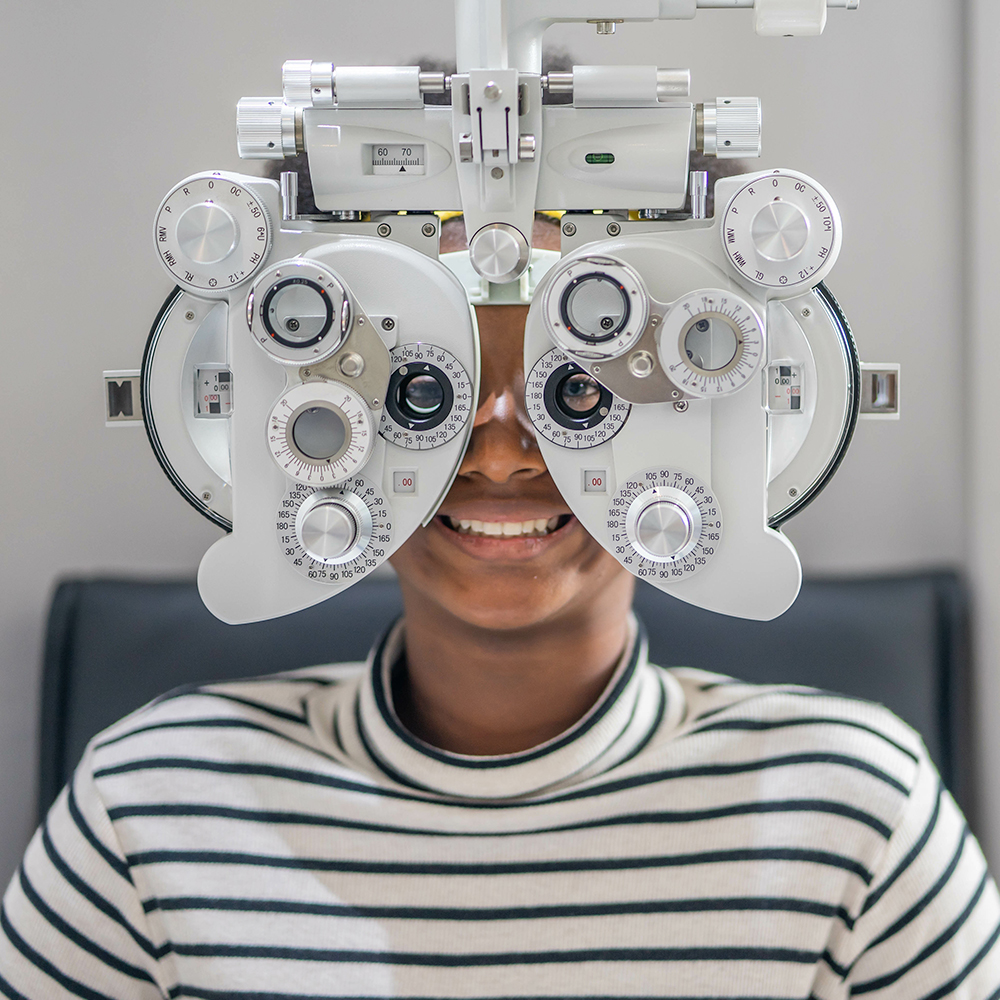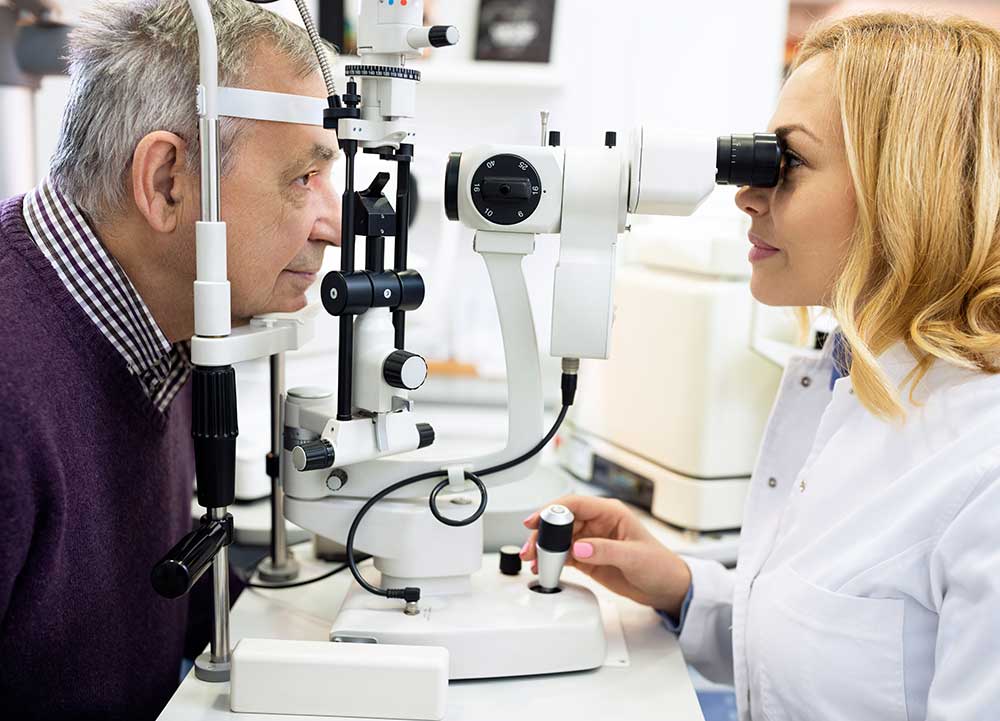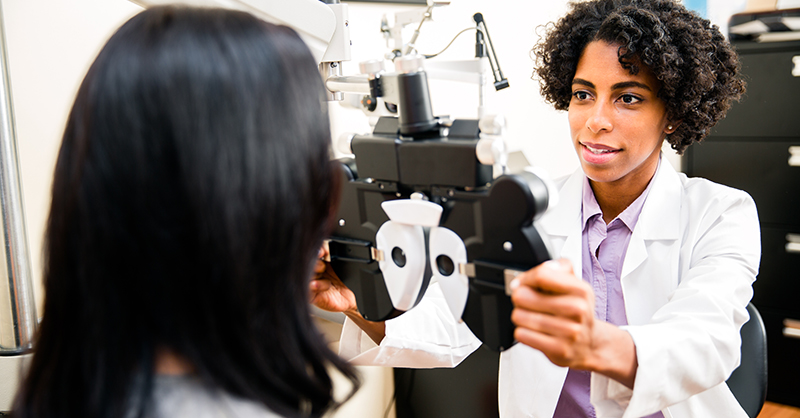Exactly How an Eye Doctor Can Transform Your Vision Health in Chino
Discovering the most up to date Technological Developments in Optometry and What They Mean for Optometrists
In the ever-evolving field of optometry, current technical developments are reshaping just how experts come close to eye treatment. From the precision of Optical Comprehensibility Tomography to the nuanced insights supplied by AI-driven diagnostic devices, these advancements are setting brand-new requirements in person assessment and therapy. Teleoptometry is poised to redefine availability, guaranteeing that know-how transcends geographical restrictions. As these advancements permeate the technique, optometrists are confronted with the challenge of welcoming these tools to improve person results. The question stays: just how will these technological changes redefine the roles and obligations within the profession?
Innovations in Diagnostic Equipment
Progressing the field of optometry, advancements in analysis devices have actually changed the method eye treatment professionals assess and identify ocular conditions and visual impairments. The past years has seen considerable technical improvements, enabling even more thorough and exact analyses. Optical Comprehensibility Tomography (OCT), for instance, gives high-resolution cross-sectional pictures of the retina, permitting the very early discovery of conditions such as glaucoma and age-related macular deterioration. This non-invasive imaging method has actually become vital in modern optometric method.
One more secret development is the intro of sophisticated corneal topography systems, which map the surface area curvature of the cornea with precision. These tools are particularly valuable for fitting get in touch with lenses and identifying corneal disorders. In addition, digital retinal imaging has changed typical ophthalmoscopy, using comprehensive, scenic views of the retina that promote extensive aesthetic evaluations.
The development of wavefront aberrometry has actually likewise been crucial, allowing the evaluation of refractive mistakes with unmatched precision (Optometrist Chino). This innovation aids in customizing restorative lenses and improving medical end results for refractive surgical treatments. Jointly, these analysis innovations empower optometrists to supply superior person care, making certain early intervention and customized therapy methods, ultimately improving visual health and wellness outcomes
AI in Individual Monitoring
Building on the structure of advanced analysis tools, the incorporation of man-made intelligence (AI) in individual management stands for a transformative jump for optometry. AI systems are progressively used to enhance performance, accuracy, and customization in patient treatment.
Moreover, AI-driven platforms facilitate streamlined individual communications and administrative processes. Automated scheduling, online appointments, and customized follow-up strategies not only boost patient contentment but likewise maximize time management for professionals. These systems can triage patients based on the seriousness of their problems, ensuring that those in vital demand receive timely interest.
Moreover, AI boosts decision-making by providing optometrists with evidence-based suggestions and therapy paths. By incorporating information from digital health records, AI tools provide insights that notify scientific choices, reducing the risk of errors and enhancing person end results. As AI remains to evolve, its role in patient management will likely expand, reshaping the landscape of optometric care.
Advances in Retinal Imaging
In the realm of optometry, retinal imaging has seen amazing technological developments that are improving diagnostic capabilities and patient care. Technologies such as Optical Comprehensibility Tomography (OCT) and fundus digital photography have reinvented just how eye doctors analyze the retina and envision. OCT, in specific, gives high-resolution, cross-sectional photos of the retina, permitting for the thorough assessment of its layers. This ability is indispensable for early detection and monitoring of problems like glaucoma, diabetic retinopathy, and age-related macular deterioration.
Improved imaging modalities like OCT angiography are additional refining diagnostic accuracy. This non-invasive technique maps blood circulation in the retina, providing critical understandings into my site vascular health and wellness without the need for color injections. In addition, adaptive optics innovation is being integrated into retinal imaging systems to correct ocular aberrations, supplying unmatched photo clarity. Such innovations help with the recognition of minute retinal adjustments that can symbolize condition progression.
Furthermore, improvements in expert system are increasing retinal imaging by allowing automated analysis of huge datasets. These systems aid optometrists in identifying patterns a sign of pathology, consequently boosting analysis precision and efficiency. Collectively, these developments are changing retinal imaging right into a keystone of modern-day eye treatment, boosting end results and increasing healing possibilities.
Teleoptometry's Growing Role
Teleoptometry is significantly ending up being a crucial component of eye treatment, driven by improvements in electronic communication and diagnostic tools. This is specifically helpful in country and underserved locations where accessibility to specialized eye treatment is frequently restricted.
The combination of expert system (AI) additional boosts teleoptometry, allowing the analysis of aesthetic data and helping in the detection of eye conditions such as glaucoma and diabetic retinopathy. AI-powered formulas can quickly analyze complicated imaging data, giving optometrists with beneficial insights that boost medical decision-making.
In addition, teleoptometry supports connection of treatment via seamless combination with digital health and wellness documents (EHRs), enabling eye doctors to preserve thorough individual backgrounds. This guarantees that people receive regular and customized care also when talking to different professionals.
Regardless of these advantages, difficulties stay, consisting of ensuring data safety and security and handling person assumptions. Teleoptometry stands for a substantial stride in the direction of even more obtainable, efficient, and patient-centered eye treatment. As technology evolves, its role is poised to expand even more.

Future Trends in Eye Care
A myriad of ingenious fads is set to reshape the future of eye Full Report treatment, driven by technological developments and the progressing requirements of individuals. One considerable trend is the assimilation of fabricated knowledge (AI) in diagnostics, which guarantees to improve the precision and performance of eye exams. AI formulas can evaluate vast quantities of information from retinal pictures, potentially detecting problems like diabetic retinopathy and glaucoma earlier than traditional approaches.
Additionally, customized medicine is getting traction in optometry, with genetic screening notifying customized therapy plans. This approach intends to optimize person results by tailoring treatments to individual hereditary profiles. Wearable modern technology, such as wise contact lenses, is additionally imminent, supplying real-time tracking of intraocular stress or sugar degrees, therefore providing constant understandings into systemic and ocular wellness.
The adoption of increased reality (AR) and digital reality (VIRTUAL REALITY) in training and client education and learning is one more arising trend. These modern technologies provide immersive experiences that can boost understanding and abilities both for patients and optometrists. As these trends evolve, eye doctors should stay abreast of technological advancements to provide sophisticated treatment, guaranteeing better client results and fulfillment in the dynamic landscape of eye care.
Final Thought

Collectively, these diagnostic advancements encourage optometrists to provide exceptional patient treatment, making sure early treatment and tailored treatment approaches, eventually improving aesthetic health and wellness outcomes.

As these modern technologies continue to evolve, optometrists have to adjust and integrate them right into method, eventually maximizing workflow effectiveness and boosting the standard of eye care provided to people.